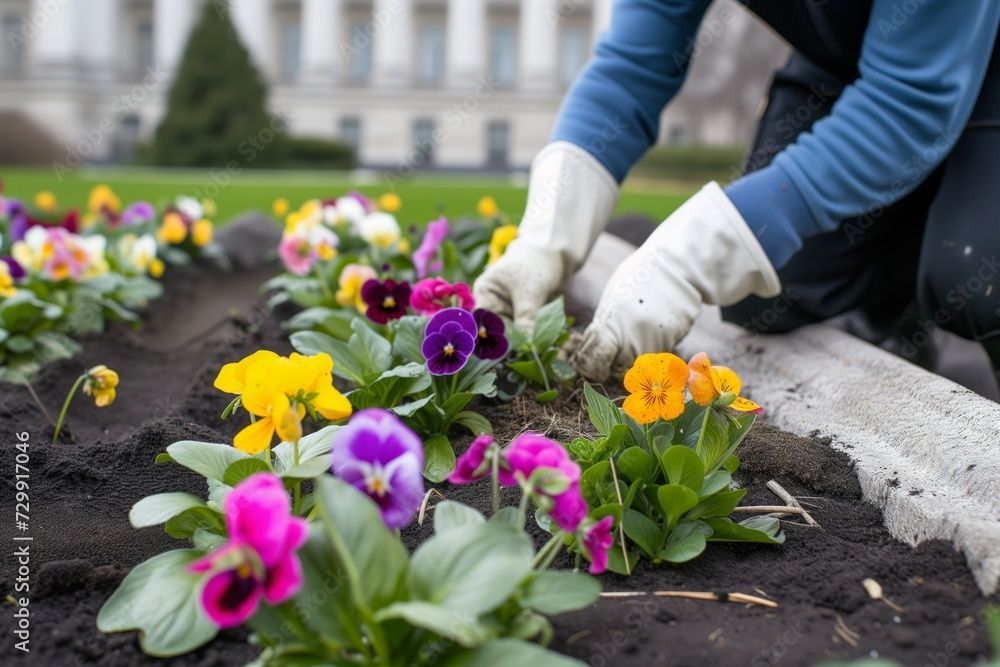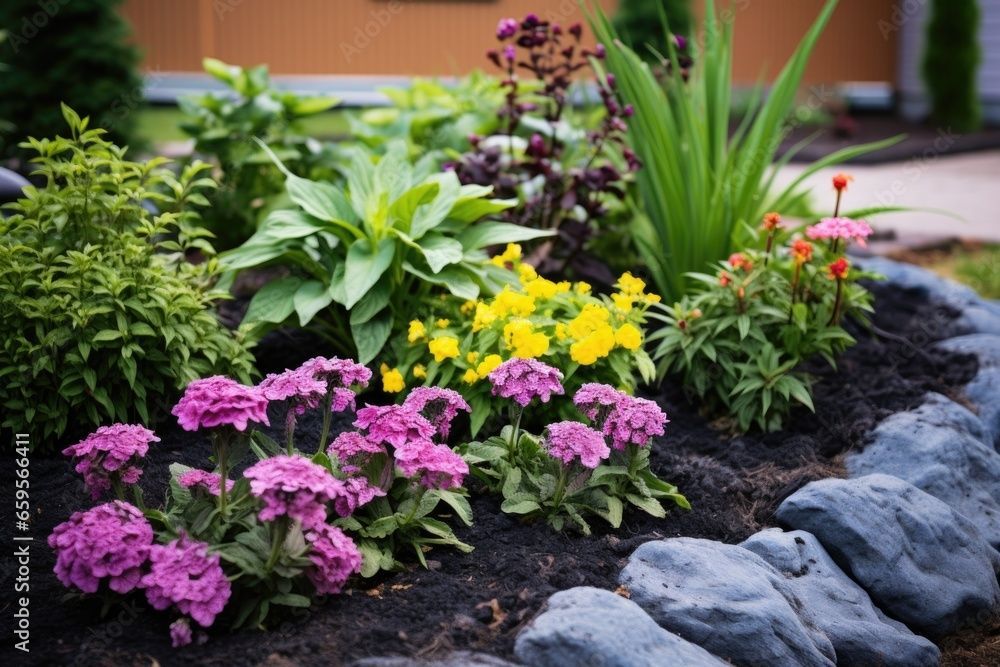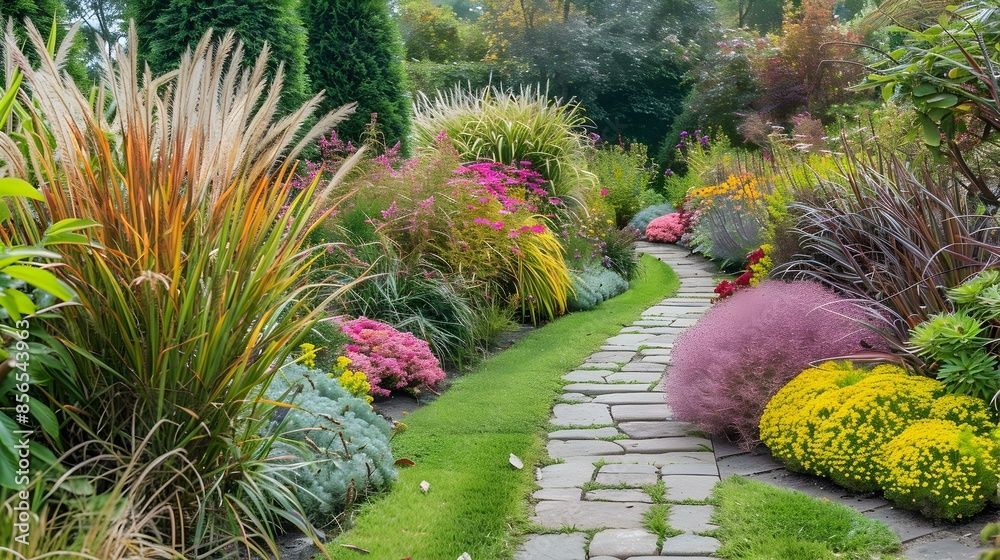The Ultimate Guide to Choosing Plants for Every Season
Choosing the right plants for every season ensures your garden remains vibrant and interesting year-round. Understanding how different plants thrive during different times of the year not only enhances the aesthetic appeal of your garden but also ensures that you make the most of your gardening efforts. With the changing UK climate, planning ahead by selecting plants that can withstand seasonal variations is key to a successful garden. Here’s an ultimate guide to help you choose the best plants for every season.
Spring: A Season of New Growth
Spring is the season of renewal, and it’s the ideal time to introduce plants that thrive in mild temperatures and take advantage of the increased sunlight. Early bloomers such as daffodils, tulips, and crocuses are excellent choices for adding vibrant colour to your garden as soon as the frost begins to melt. These bulbs can be planted in the autumn, allowing them to burst into life once spring arrives.
Perennials such as peonies, primroses, and forget-me-nots are also perfect for this season. They return each year, making them a low-maintenance option that ensures your garden looks fresh and beautiful after the winter. Spring also marks a good time for planting shrubs like azaleas and rhododendrons, which bring bold and bright blossoms.
Spring is also the time to begin planting vegetables such as peas, radishes, and lettuce, which prefer cooler temperatures and can be harvested early in the growing season.
Summer: The Height of Bloom
Summer is when gardens truly shine, with a wide variety of flowers and plants reaching their peak during this warm season. To ensure your garden flourishes throughout the summer, choose plants that are both heat-tolerant and vibrant. Hardy annuals such as marigolds, zinnias, and sunflowers thrive in the hot summer sun and require little care once established.
Perennials like lavender, daylilies, and coneflowers provide long-lasting blooms during the summer months, and their drought-tolerant nature makes them perfect for periods of dry weather. Additionally, Mediterranean plants like rosemary, thyme, and sage not only survive the heat but also add wonderful fragrance and practical use for culinary purposes.
In summer, vegetable gardens are also in full swing. Tomatoes, cucumbers, courgettes, and peppers are all ideal for this time, as they thrive in warm, sunny conditions.
Autumn: Preparing for Change
As temperatures start to cool in autumn, it’s important to select plants that can transition smoothly into the colder months. Hardy perennials such as asters, chrysanthemums, and sedums bloom late in the season, bringing rich autumnal colours to your garden when other plants have begun to fade.
Autumn is also the perfect time to plant bulbs like tulips and daffodils in preparation for spring, ensuring that they develop roots before the winter frost. Ornamental grasses are a popular choice in the autumn months, as they add texture and movement to the garden while turning beautiful shades of gold and brown as the season progresses.
Vegetable gardens can continue producing in the autumn, especially with cooler-season crops like spinach, kale, and Brussels sprouts, which thrive in the cooler air and often taste better after a light frost.
Winter: Resilience and Structure
Winter presents a challenge for gardeners, but with the right plant choices, your garden can still look appealing, even in the coldest months. Evergreen plants such as hollies, boxwoods, and yews retain their foliage throughout the year, providing structure and greenery when other plants have died back.
Winter-blooming plants, like hellebores and winter jasmine, are excellent choices for adding colour during the darker months. Their resilience in the face of cold temperatures ensures your garden remains lively even in winter.
Winter is also the season to enjoy hardy shrubs such as camellias, which bloom in late winter and early spring, giving your garden an early burst of life just before the arrival of spring.
Conclusion
Choosing the right plants for each season is essential to maintain a garden that’s vibrant and beautiful throughout the year. By understanding the unique needs of each season and selecting plants that thrive in specific climates and conditions, you’ll create a garden that not only looks stunning but also requires less maintenance and can better withstand the natural changes of the UK climate. From the early blooms of spring to the resilient evergreens of winter, a well-planned garden ensures that each season brings its own unique beauty to your outdoor space.
By planning ahead and selecting a mix of annuals, perennials, bulbs, and evergreens, your garden will be prepared to face the challenges and rewards that each season brings.













